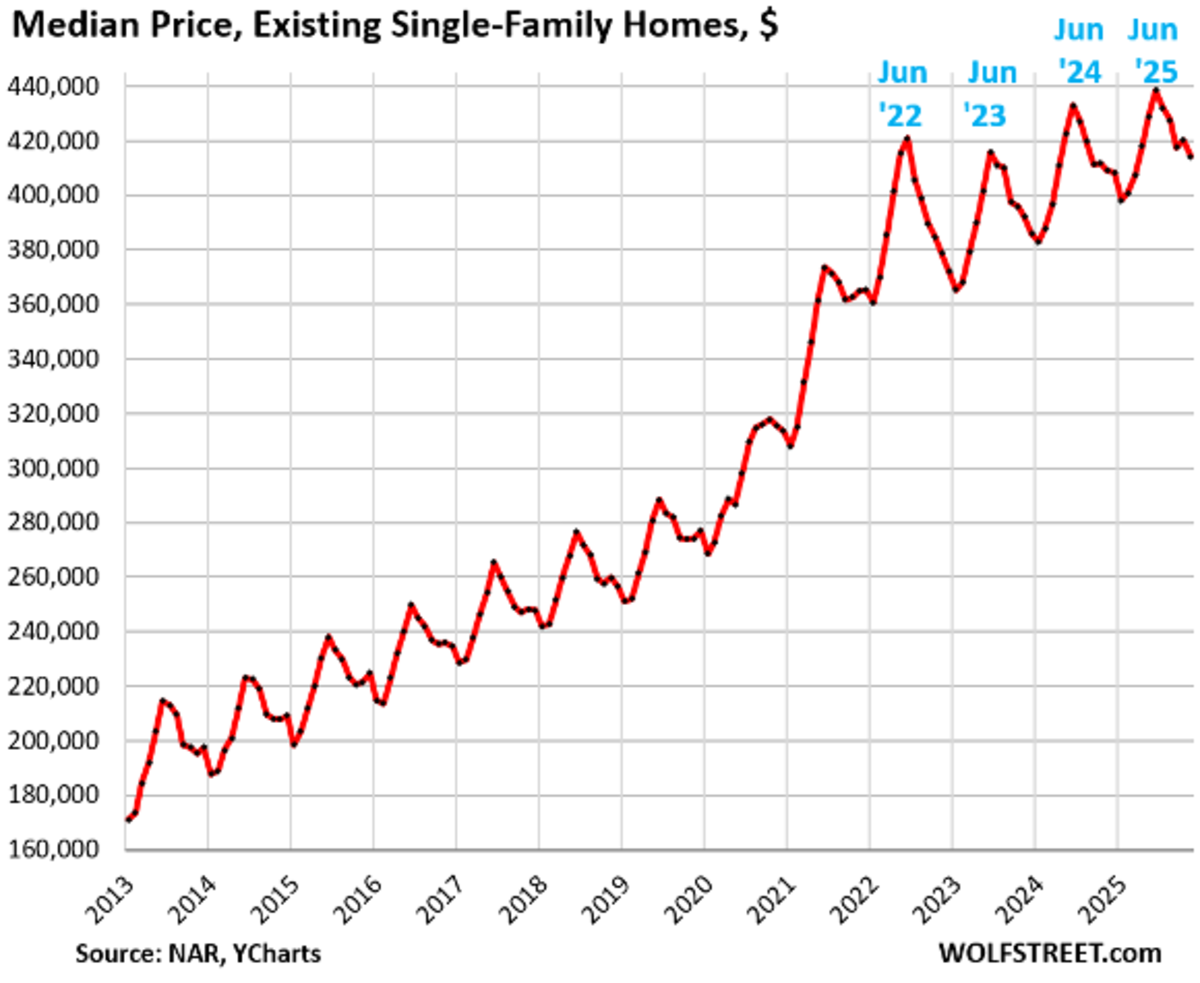Apparently, Ms. Jaffe is unfamiliar with the design of most U.S. cities since the 1950s. Different uses--commerce, residences, offices, etc.--are separated by car trips. If you want to shop, work (non-remotely), or go to school, you must drive.
If the U.S.
wanted climate safety and respected the "law of holes"--when you want to get out of a hole,
stop digging--it would mandate a return to traditional civic design
that mixes those different uses in single neighborhoods and doesn't
connect them exclusively with collector streets. Street design would
also permit comfortable pedestrian presence there too ("Complete Streets").
How could federal regulations accomplish that? It's surprisingly simple: stop financing the sprawl that requires those car rides for every trip of any significance. Federally-managed institutions' (Fannie Mae [FNMA] and Freddie Mac [FHLMC]) underwriting standards determine the configuration of most homes that are finance-able.
You may be
familiar with Frank Lloyd Write's mandate for architecture: "Form
follows function." Reality dictates current architects and city planners
follow the mandate "Form follows finance."
Changing these institutions' underwriting standards to require pedestrian-friendly mixed-use would prevent the entire nation from building sprawl in new development. Removing sprawl as a possibility would cut vehicle miles traveled, and greenhouse gases generated in newly built neighborhoods roughly in half.
As a bonus, such traditional neighborhoods would even support transit, and fully-utilized mass transit generates roughly one-eighth of the greenhouse gas single-occupant autos produce. Sprawl makes transit virtually impossible since the number of customers within range of the stops is smaller, and the walk to those stops is at least undignified, if not impossible.
Would the market accept such an alternative design? In Sacramento, the most valuable real estate in the region is around McKinley Park, just such a pedestrian-friendly, mixed-use neighborhood. We could even redevelop existing malls to include residences, which could provide more affordable housing, would provide transit hubs, and have higher per-square-foot sales than conventional malls. Current brick-and-mortar commercial development is in economic peril, thanks to the internet and the pandemic.
The change in city design would be a win for all concerned. How many of us even know this possibility exists?

No comments:
Post a Comment
One of the objects if this blog is to elevate civil discourse. Please do your part by presenting arguments rather than attacks or unfounded accusations.